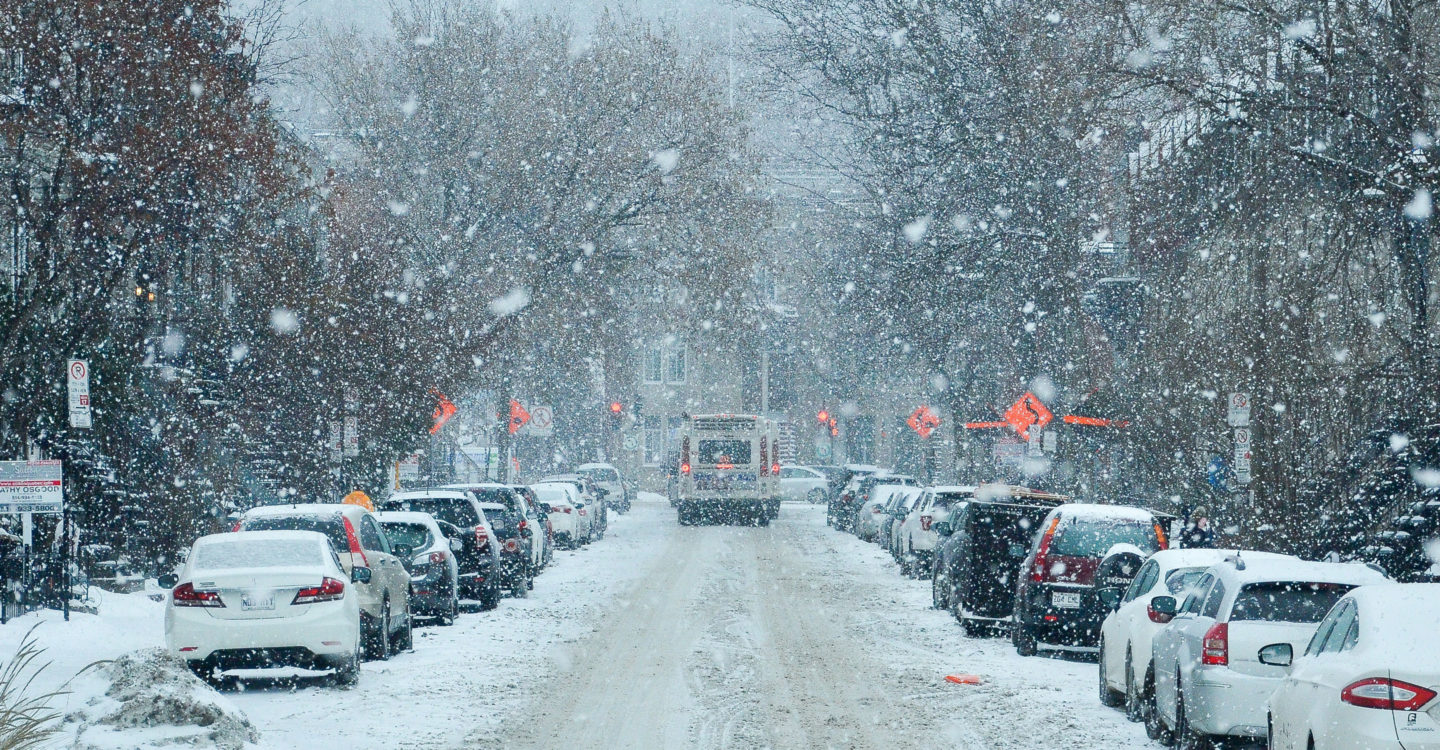
Winter Salt & Gravel Damage
Make sure your vehicle is protected from all types of de-icing you will encounter this weekend.
In cold areas that get heavy ice and snowfall, icy roads are a major obstacle and hazard. Even though it isn’t particularly cold right now in Toronto, temperatures will be dipping below 0C in the coming weeks, and it’s always valuable to be prepared. It is a priority in places like Toronto to keep their means of transportation open by “de-icing” the roads. The two most prominent de-icers that many cities use are salt and sand. Both are effective means of dealing with frozen streets, but they also have their drawbacks.
The main drawback is that both main methods of de-icing are AWFUL for our vehicles. Salt ruins our paint, clear coats, and undercarriages, and gravel spray is the biggest cause of paint chips and rim rash on the road (just ask anyone who drives the 401). Let’s look at how de-icers work and how to reduce their damage on our vehicles.
What Do De-Icers Do?
SALT: Salt helps against icy roads by lowering the freezing point of the water in the snow and ice, causing it to melt and in ideal conditions, stay in liquid form longer. Pure water freezes at 0 degrees C, but a 20% solution of salt and water alters the water and lowers its freezing temperature all the way down to almost -18 degrees C.
GRAVEL/SAND: You may find this misleading, but sand and gravel, while effective at managing ice, doesn’t melt the stuff either. Sand and other abrasive materials work by improving traction over ice. Friction may melt the ice, but this is an incidental addition to the functionality. This makes sense when you consider that the goal of de-icing a road isn’t just to melt ice, it’s to make the road safe and drivable which is exactly what sand accomplishes.
How Do They Hurt Our Vehicles?
Prolonged exposure to salt can cause rust to build up on hidden parts of your car, and slowly eat away at the metal. If you park your car in a warm garage and the ice on it melts, you are at higher risk that salt is going to damage your car. Rust forms when moisture and oxygen combine on metal, and salt accelerates that process because it corrodes.
Sand and gravel do something entirely different. Since they just sit on top of the ice to help aid tire traction, it ends up getting sprayed out from beneath the tires and onto the bumper, hood, and fenders of the car behind you. After a winter of heavy road rash the body shops are busy morning till night doing repainting and scratch repairs.
How To Prevent Winter Damage
Paint protection films (PPF) are really the only way to go. They are invisible, they are self healing, they never stain or corrode. They just sit on top of your vehicle’s paint protecting it and keeping it factory fresh for as long as you own the vehicle. When you consider the price of even just a few scratch repairs you realize that the service pays for itself many times over.
Think you are ready to protect your investment? Be in touch, we would love to help you out.





